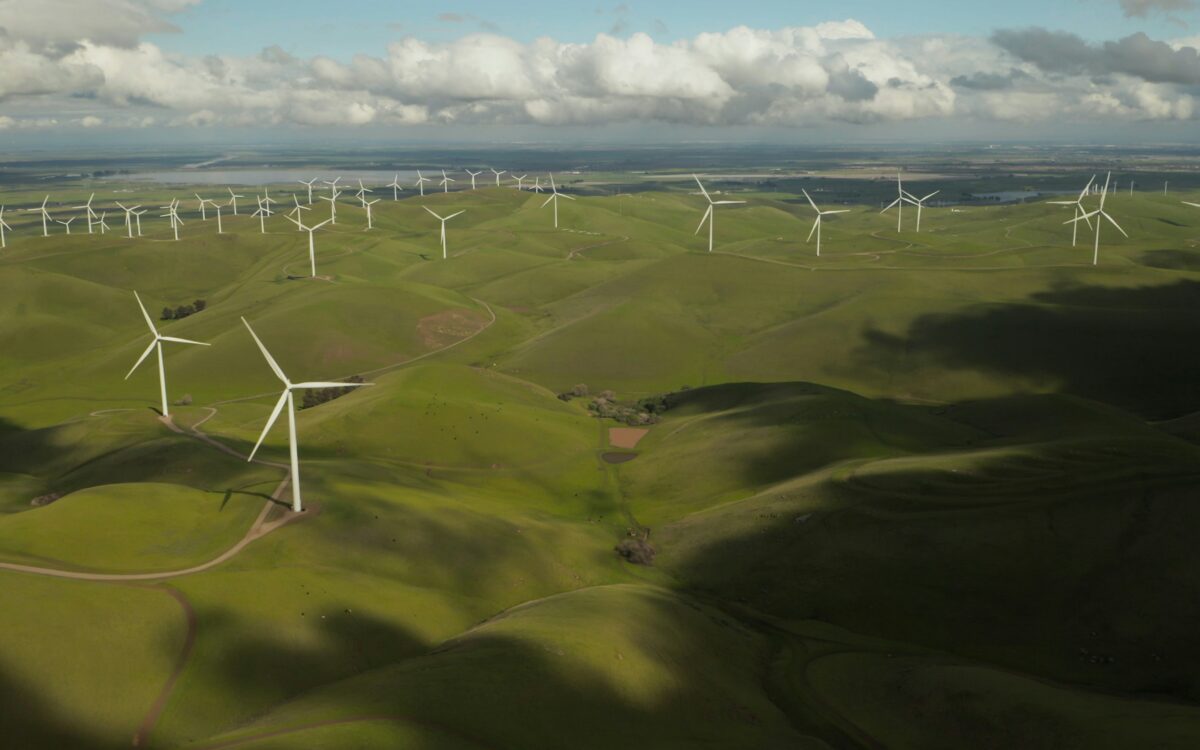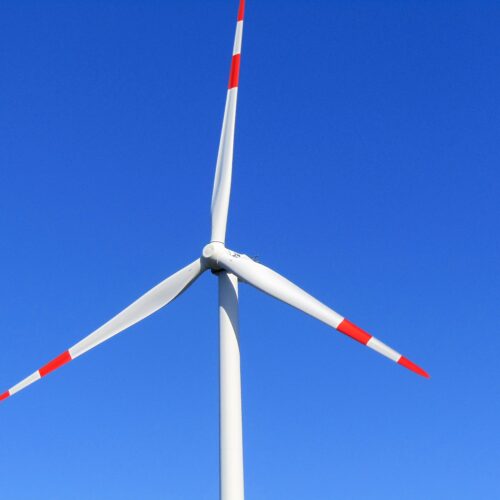A Looming Challenge: As thousands of wind turbines across Europe approach retirement, a crucial question arises: what to do with them? This article, inspired by Barney Jopson’s piece in the Financial Times, delves into the challenges and opportunities of managing these ageing giants.
The Stakes are High: With Europe aiming for net-zero emissions by 2050, wind power plays a vital role. But about 20% of the continent’s onshore turbines are over 15 years old, nearing the end of their lifespan. Spain, a wind energy pioneer, faces a significant challenge with nearly half its wind farms exceeding that age.
Repowering vs. Retirement: The two main options are:
- Repowering: Dismantle old turbines and erect newer, more efficient ones on the same site. This can triple electricity output and extend the lifespan of the wind farm significantly. However, it’s costly, time-consuming, and faces regulatory hurdles.
- Retirement: Letting turbines expire would waste valuable resources and hinder Europe’s clean energy goals. Decommissioning also raises concerns about responsible disposal of turbine blades.
Challenges and Considerations:
- Economic feasibility: Repowering requires significant investment, and the economics must be carefully weighed against potential returns. Rising costs and grid connection limitations further complicate matters.
- Permitting delays: The permitting process for repowering projects can be lengthy and complex, often mirroring the process for entirely new projects. This adds to costs and discourages investment.
- Local opposition: Some communities resist wind farms due to aesthetic concerns, noise pollution, and potential impact on wildlife. Addressing these concerns is crucial for project acceptance.
- Wildlife protection: Balancing wind energy development with bird and bat conservation is essential. Technological advancements and mitigation strategies can help minimize risks.
A Call to Action:
- Streamlining regulations: Simplifying the permitting process specifically for repowering projects can significantly expedite the process and reduce costs.
- Financial incentives: Targeted subsidies and grants can make repowering more attractive for investors, especially in regions heavily reliant on ageing wind farms.
- Public engagement: Open communication and community involvement can help address concerns and build support for repowering projects.
The Path Forward: Europe’s ageing wind farms present a challenge, but also an opportunity. By addressing the economic, regulatory, and social hurdles, repowering can unlock significant potential for clean energy generation and contribute to achieving ambitious climate targets.




